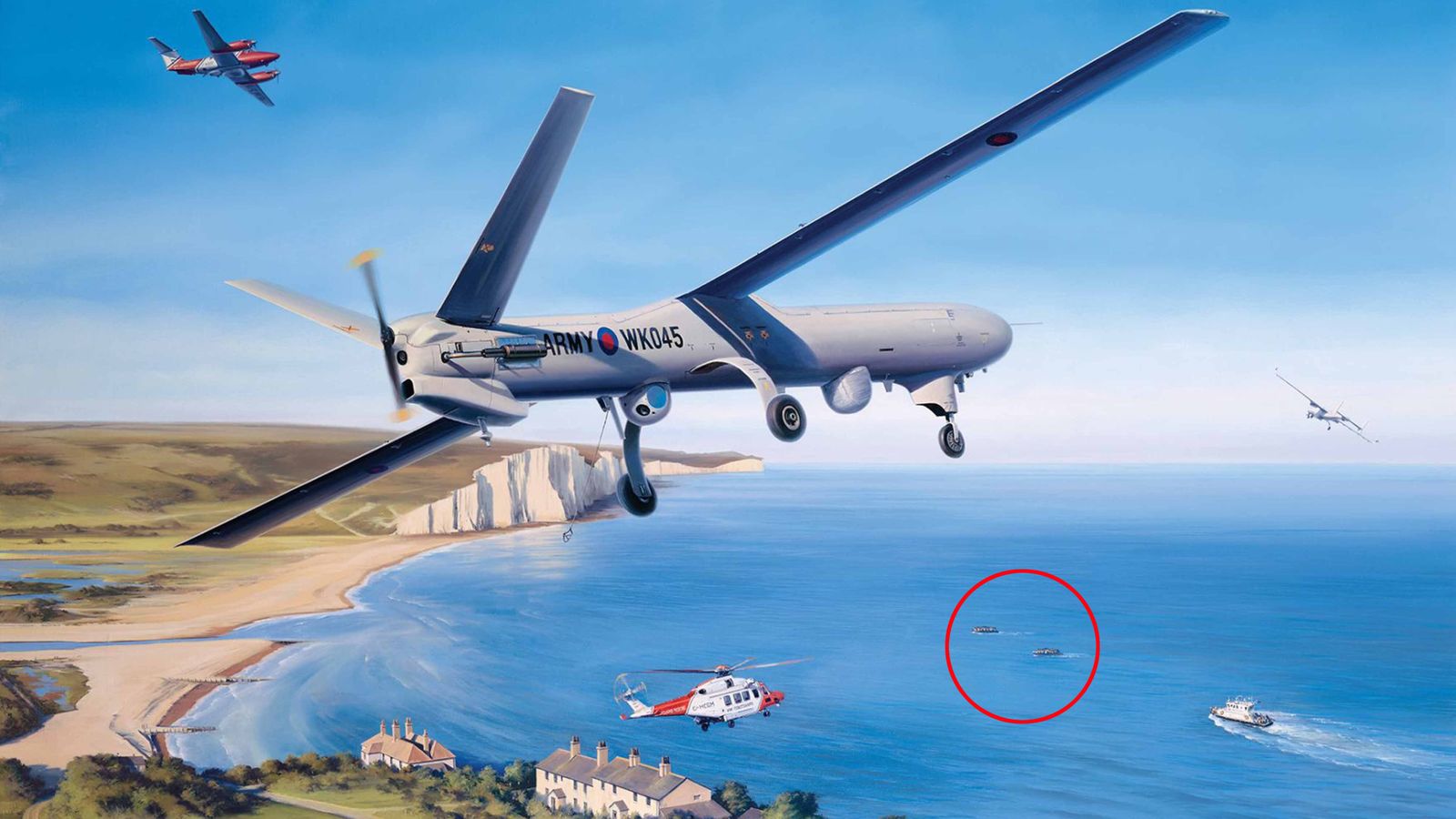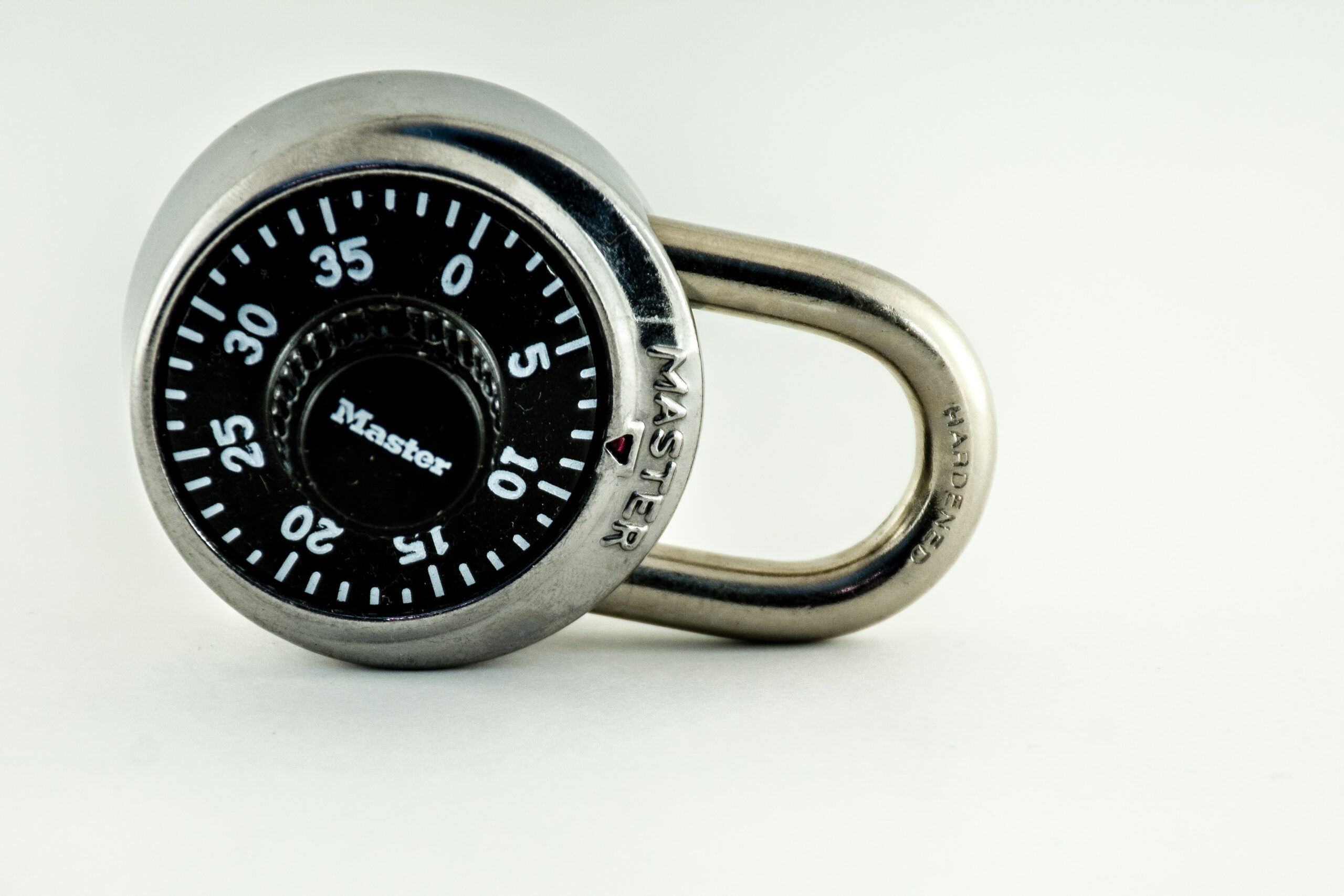A painting commissioned by the British Army showing two of its drones monitoring migrant boats in the English Channel has been criticised online.
In what was captioned as “illegal people-trafficking”, it is understood that the artwork was created to mark the departure of the lieutenant colonel who commissioned it.
The piece, by aviation artist Nicolas Trudgian, shows two Watchkeeper drones airborne, alongside a helicopter, a plane and a Border Force vessel, as two dinghies approach a beach near white cliffs.
But it has sparked criticism, including from a senior curator and historian at the Imperial War Museum.
Ian Kikuchi described it as showing an army artillery drone “watching seasick” people “struggling ashore”.
He wrote on Twitter: “Usually aviation art is all about the drama of flight, or the supposed romance of air combat.
“An army artillery drone watching seasick men, women & children struggling ashore, doesn’t quite hit that note.”
Jaysley-Louise Beck: Family pays tribute to teenage soldier found dead on military base
British Army’s new ‘battle-winning’ Apache attack helicopters undergo test flights
Ukraine’s growing reserve army ‘getting ready’ amid fears of Russian attack
He added: “Part of me even wonders whether the fact that the boats in this image are so tiny reflects a smidgeon of embarrassment that Britain in 2022 feels the need to use army weapons systems to ‘overwatch’ the ‘interdiction’ of a few rubber dinghies.”
A British Army spokesperson said it was commissioned by the commanding officer of 47th Regiment Royal Artillery, Lieutenant Colonel Paul Britton, who shared it on his Linkedin profile.
The caption of the piece said the painting depicts ‘Operation Deveran’, detailing a 47th Regiment Royal Artillery Watchkeeper, providing “overwatch for UK Border Force interdiction of illegal people-trafficking” across the Channel.
Read more: More than 4,000 people cross to UK in small boats in 2022
In his post, Lieutenant Colonel Britton, said: “After an incredible 2.5yrs I’ve handed over command.
“Endorsed by the Integrated Review, Watchkeeper continues to be a critical element of Defence’s order of battle.”
He added that he was “proud” to have “managed to prove its utility over the past two years”.
As of April 2021, the British Army had 46 Watchkeeper aircraft in its fleet – 11 of which were in service.
The drone was deployed to counter migrant crossings in the Channel in August 2020.
In November 2021, a defence minister said The Watchkeeper programme has cost more than £1.1bn, against an original estimate of £847m in 2005.
At the time, the Ministry of Defence said it would provide “surveillance and reconnaissance capability, feeding information back to the Border Force and allowing them to take appropriate action where necessary”.
Follow the Daily podcast on Apple Podcasts, Google Podcasts, Spotify, Spreaker
A British Army spokesperson said the painting was commissioned to signify the regiment’s support to the Home Office and with the HM Coastguard during Operation Deveran in 2020.
The drone’s involvement continued until October 2020, according to a report released earlier this month by the Defence Committee.
Providing evidence to the committee, campaign group Drone Wars UK said the Watchkeeper’s “contribution to operations in the Channel was minimal”.
The painter declined to comment.






